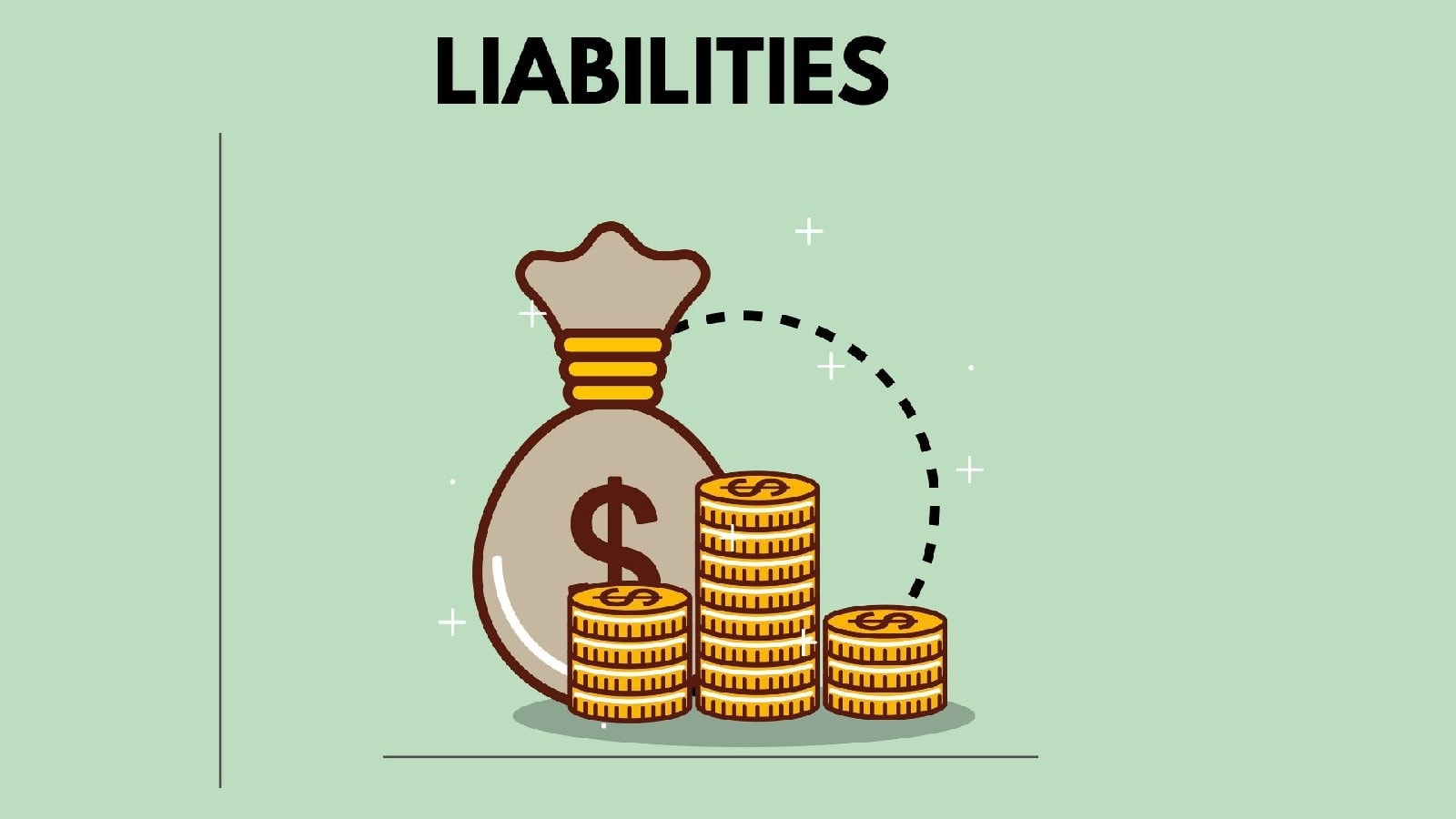
Liabilities - Definition, Meaning, Types Of Liabilities
Liabilities – Definition, Meaning and Types
Definition
Liabilities can be defined as a financial debt owed by a company or business because of its business borrowing activities.
The definition of liabilities, according to the International Financial Reporting Standards (IFRS) is as follows:
A liability is a financial obligation of an organization in the present time arising because of past events. These liabilities are expected to be settled in the form of outflow from the economic benefits earned by the organization.
Table of Contents
What are Liabilities?
A liability is a type of debt owed by an organization or a business entity. An organization accumulates liabilities because of its borrowing activities or other financial obligations of the organization. For example, medical insurance or funding pension plans for employees.
Liabilities can be paid off in either short-term or long-term arrangements. The duration in which the debt is to be returned is decided based on the size of the mortgage. For example, a large amount of debt is usually paid back in an extended period.
A liability owned by an organization usually involves the amount of payment borrowed by the organization. Additionally, the financial institution that provides debt also charges a certain amount of interest on the amount borrowed. The interest charged by the lender organization is a certain percentage of the amount of the payment borrowed.
A company’s liabilities are as substantial as the asset of the organization. It is considered a significant financial factor, and investors first learn about the liabilities of the organization before investing their money into it. The liabilities of a company are also considered in every transaction while obtaining a loan or leasing on equipment.
The net worth of an organization is calculated by subtracting total liabilities from the total assets of the organization. Liabilities of an organization are part of the entire financial health of the organization. Companies keep check of their financial health to maintain their future security.
Types of liabilities
The following are the different types of liabilities.
1. Contingent Liabilities
The first type of liability of an organization is the contingent liability. The contingent liability refers to the events where an organization has liability for an event, incident, or transaction that took place in the past. The contingent liability is different from other liabilities because the organization does not know whether the financial drain will take place on its resources or not.
Moreover, the size of the obligation is also unknown to the organization. The organization is not aware of the exact time in which the debt is required to be paid back. An example of contingent liability is when an organization files a lawsuit or any legal measure against any other organization. The amount of an unresolved lawsuit is not guaranteed. Therefore, it can be referred to as contingent liability. Also, environmental cleanup and protection efforts by an organization fall under the category of the contingent liability, because a company is never sure about the amount of penalty or monetary regulation.
An organization must report their contingent liabilities legally. These liabilities are attached to the financial statement of the company in the form of notes and are not a part of the financial statement of the organization. However, if there is a probability of loss taking place in the future because of any contingent liability, then it becomes necessary for the company to mention the contingent liability in its financial statement.
2. Current liabilities
Current liabilities of an organization are also known as short-term liabilities of the organization. Because these liabilities are usually paid off within one financial year or one current operating cycle. The company can choose to pay either in one fiscal year or in the current working period, whichever is longer. The operating cycle is different in different industries. The operating cycle of an organization is referred to as time from the beginning of the company’s initial investment in inventory to the final production of goods using the list.
The typical examples of current liabilities are interest payment to be paid, taxes, wages, cash dividends, short term notes, accounts payable, and the revenue received before the actual delivery of goods and services.
The current liabilities of an organization are considered one of the most important indicators of its financial health. All economists, creditors and investors look at the current liabilities of an organization to learn about its financial health. The working capital is one of the most critical indicators associated with the current liabilities of an organization.
The current liabilities of an organization can be calculated by subtracting a company’s current liabilities from the existing assets of the company. Another barometer to measure the current liabilities is the current ratio. The current rate can be calculated by dividing the total current assets with the total current liabilities. For example, if a company has $15,00,000 in current assets and $500,000 current liabilities, then the current ratio would be a three-to-one ratio.
3. Long term liabilities
Long term liabilities are those liabilities of an organization that is not required to be paid off within a year or the business operating cycle. Long term liabilities are also known as noncurrent liabilities. The examples of long term liabilities are the liabilities that require large sums of money that are undertaken to start a business, asset replacement, a significant expansion of the company, purchasing of substantial assets, deferred income tax payments, lease obligations, mortgages, notes, post-retirement benefits, and pensions, etc.
An organization must show their long term liabilities to reflect the drain in the current assets of the organization. However, an organization can pay off its long term liabilities by making the use of noncurrent assets acquired by it earlier.










